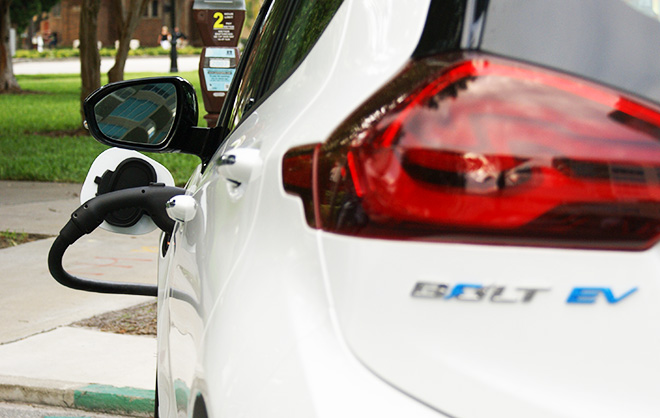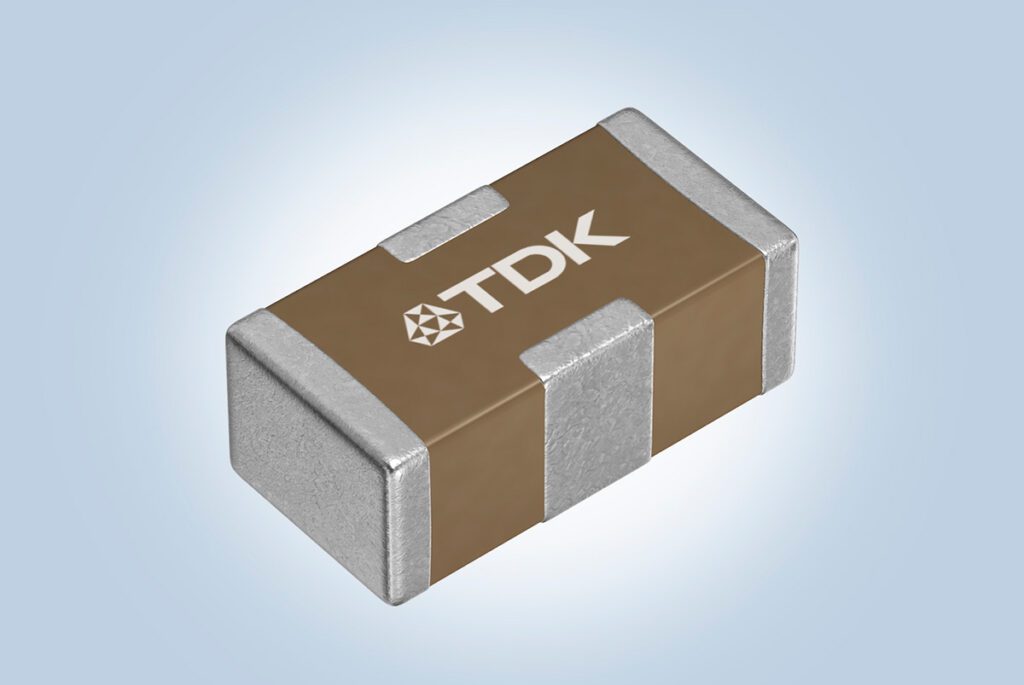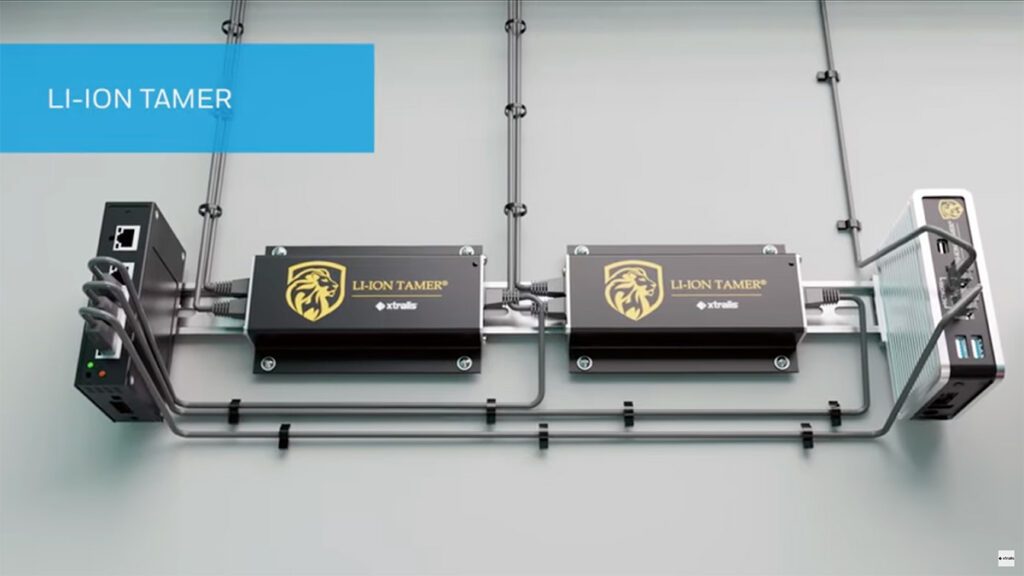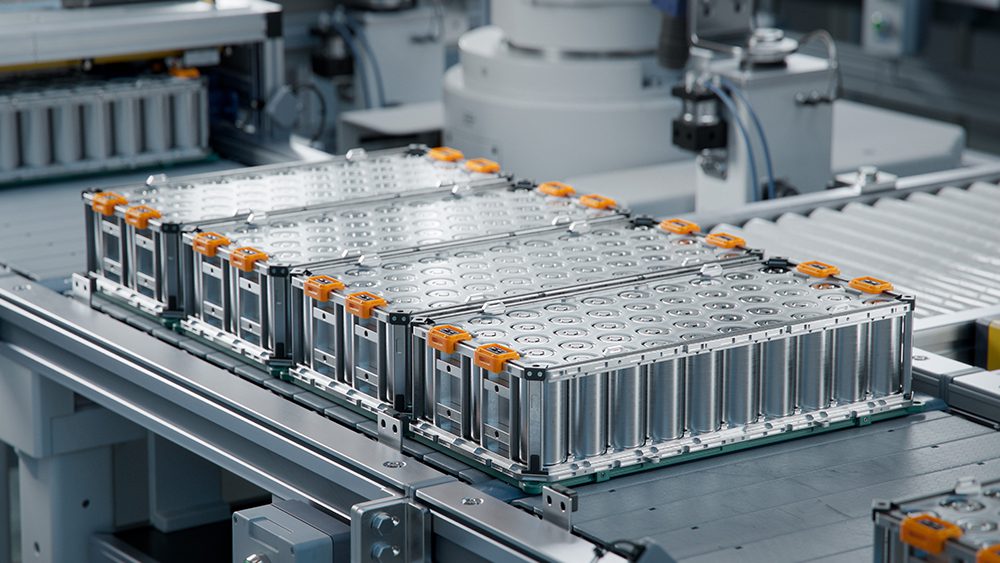In November, Southern California Edison (SCE) released a white paper which the utility called its “integrated blueprint for California to reduce greenhouse gas emissions and air pollutants.” Transportation electrification is a big component of the blueprint which presents an analysis of three pathways, each with the potential to lead to a clean energy future. Briefly, the three pathways are:
- Clean Power and Electrification;
- Renewable Natural Gas; and,
- Hydrogen
Importantly, SCE concludes that each pathway could lead to beneficial energy and environmental outcomes. However, the pathways are not equal. The first pathway – Clean Power and Electrification – presents significant advantages: primarily, electrification is cheaper and takes advantage of existing technology. Renewable natural gas requires expensive imports. Hydrogen presents as most expensive, requiring significant developments outside CA and significant new delivery infrastructure.
SCE’s blueprint calls for:
- An electric grid supplied by 80% carbon-free energy;
- More than 7 million electric vehicles on California’s roads; and
- Using electricity to power nearly one-third of space and water heaters, in increasingly energy-efficient buildings.
SCE urges policymakers and state leadership to move quickly. After all, 2030 is just 12 years away. Next steps will require “significant emission reductions” from consumers of liquid and gas fuels – primarily in the transportation and building sectors. SCE writes that transportation contributes “nearly 40% of CA’s GHG emissions (nearly 45% when oil refining is included) and 80% of the state’s smog-forming NOx emissions.”
For the transportation sector, SCE’s electrification pathway hinges on aggressive electrification of light-duty vehicles, i.e., the “passenger cars, SUVs and pickup trucks that currently contribute one-quarter of California’s GHG emissions.” SCE wants “at least” 24% of those vehicles – 7 million – to be electrified by 2030.
The 7-million vehicle number bears a close look. CA’s air agencies estimate that 4 million EVs are necessary for 2030 air pollution (smog) goals and to move the state towards meeting 2050 GHG goals. SCE estimates that 7-million EVs are necessary to meet 2030 GHG reduction goals.
That larger number is ambitious. Nevertheless, it’s not too far outside EV market growth forecasts, according to SCE, citing a June 2017 study for the Edison Foundation by Adam Cooper and Kellen Schefer. The utility also cites growing consumer interest in EVs as well as increased vehicle availability, all helpful to build consumer markets.
The electrification pathway will require coordination among vehicle manufacturers, charging companies, policymakers and electric utilities. Price incentives will help to lower up-front purchase costs and help drive EV adoption.
SCE calls CA’s GHG cap-and-trade program a “critical enabler” of the Clean Power and Electrification Pathway. SCE wants policymakers to “allocate additional cap-and-trade revenues to programs that encourage consumers to adopt transportation and building electrification.”
To support at least 7 million EVs, SCE cites a National Renewable Energy Laboratory estimate that CA will need over one million non-home charging ports. That infrastructure expansion requires new money, funding not detailed by SCE. CA’s utilities have charging infrastructure pilot programs, but additional money is needed, SCE writes, “to enable utilities to rapidly deploy more infrastructure and chargers.”
Quick development is not easy. Electric system upgrades can take a decade to bring online. Planning and decisions for new renewable energy projects must start now. This isn’t just about electricity policies, SCE advises, but the need for broad, comprehensive policies that will help transform the State’s economy.
Source: Southern California Edison




















































































